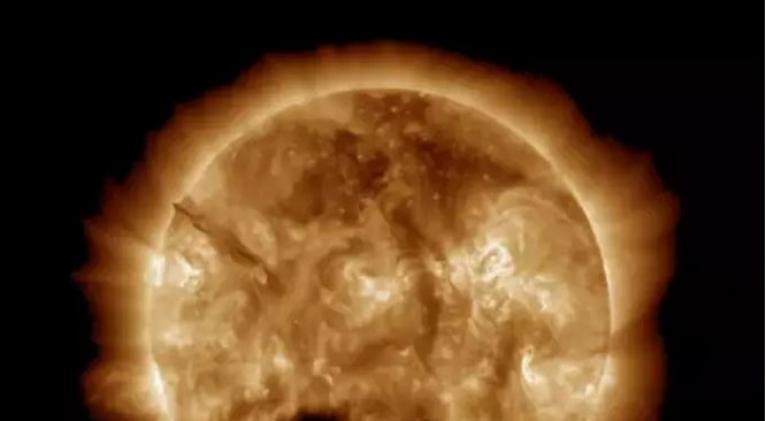
USA, June 4th. - One of the longest geomagnetic storms of the current solar cycle is still ongoing.
The event began on the morning of June 1 after a coronal mass ejection or CME, i.e., matter in the form of plasma, reached Earth, triggering a severe G4-class storm.
The event then continued in the following days with less intensity and a brief pause during the night between June 1 and 2, but as of today, the US agency NOAA's Space Weather Prediction Center still forecasts a strong G3-class storm, and its aftermath could be felt in the coming days.
"The disturbance continues; I don't recall another one that has lasted so long," Mauro Messerotti, professor of Space Meteorology at the University of Trieste, told ANSA.
"It's difficult to predict whether this will continue in the coming days; it depends on so many factors," he says, "that making predictions is practically impossible.
The current storm is a notable event not only because of its anomalous duration.
"It's a unique event," says Messerotti, "because the effect of the CME was compounded by the effect of the solar wind produced by two coronal holes present on the surface of the Sun, one in the Northern Hemisphere and one in the Southern Hemisphere, and so there was a cumulative effect."
Coronal holes are areas of the corona, the outermost part of the solar atmosphere, where the solar magnetic field opens outward, allowing showers of particles to escape at extremely high speeds.
The solar wind was responsible for another disturbance that occurred just a few days ago: on the night of May 28-29, a first peak of class G3 was recorded, and after a decrease, the storm strengthened again to class G2, only to die away at dawn on May 30.
"The level of solar activity is moderate at the moment," Messerotti adds, "but all these secondary phenomena play an important role." (Text and Photo: Cubasí)